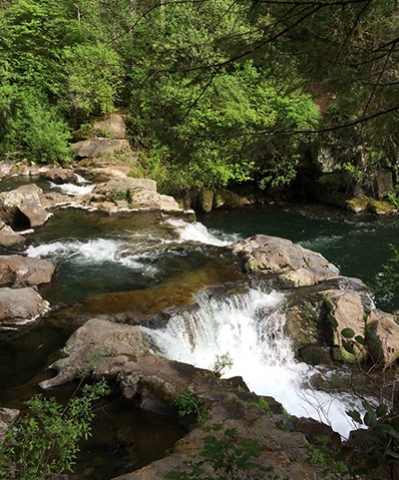Monitoring is one important way to determine whether our streams are healthy. Clark County monitors both current status and long-term trends. The county's monitoring program assesses overall stream health based on water quality, biological health and stream flow conditions.
Reporting parameters
The monitoring programs follow strict scientific protocols and standards to ensure high quality reporting. The monitoring requirements and timing vary per location and program needs. Monitoring may include:
- Biological health - Number and diversity of aquatic insects to support fish, an overall indicator of stream health.
- Water chemistry - Different chemicals, compounds and substances, including metals, nutrients, bacteria and dissolved oxygen.
- Water temperatures - Cool water is critical for fish, especially salmon and steelhead.
- Turbidity - An indicator of how much dirt and other material is in the water.
- Overall stream structure - Includes stream bank stability, erosion, stream bank vegetation and habitat.
- Pollution identification - Identifying illicit connections, sources of pollution, etc.
Health status of Clark County's water bodies
The 2010 Clark County Stream Health Report summarizes the current status of most of Clark County's streams, rivers and lakes. The county updates the report about every five years.
Beginning in 2013, the annual Long-term Index Site Monitoring Summary (PDF) documents current conditions and long-term trends at multiple monitoring stations across the county.
Clark County has detailed "Stormwater Needs Assessment Program" (SNAP) reports generated between 2006-2010 for many of the local urban streams. Contact Clark County Clean Water Division for more information at cleanwater@clark.wa.gov. An example report for Salmon Creek and Cougar Creek can be reviewed here.
Student Watershed Monitoring Network
Schools throughout Clark County monitor streams, creeks, ponds and wetlands for water quality. The program partners with the city of Vancouver's Water Resources Education Center to coordinate educators who work with the schools. Educators visit classrooms to review watershed information and water sampling techniques. Then the groups go out to their designated sites to collect the data. Data are presented at the annual Watershed Congress. Learn more.
